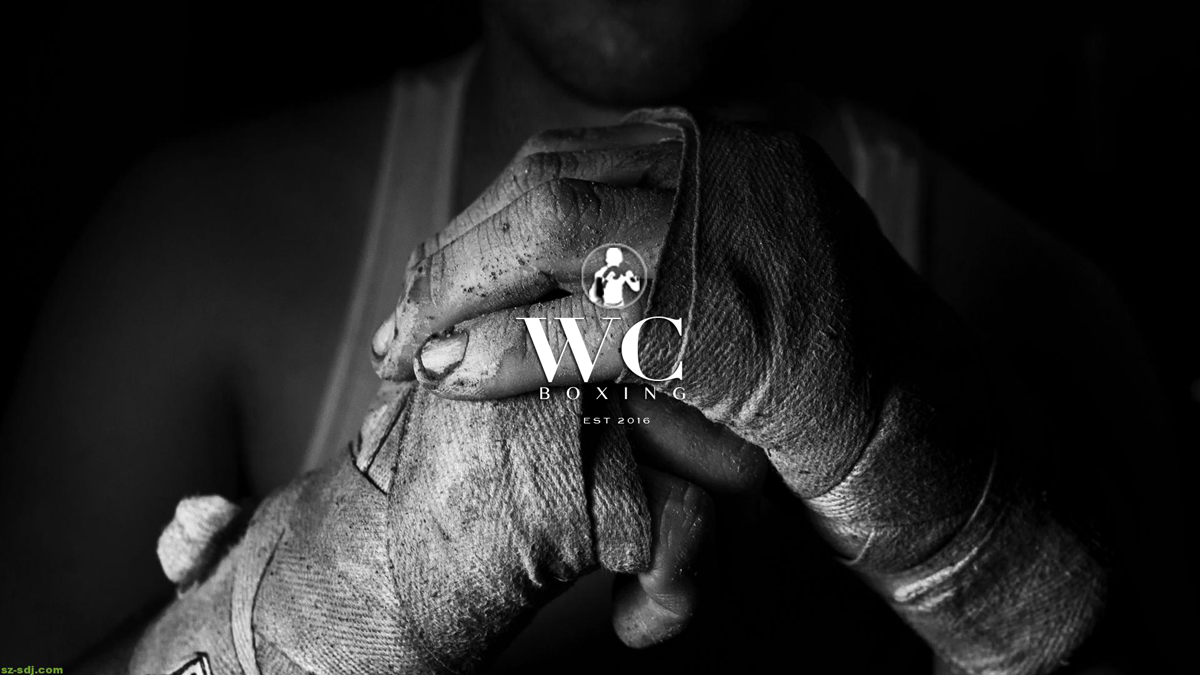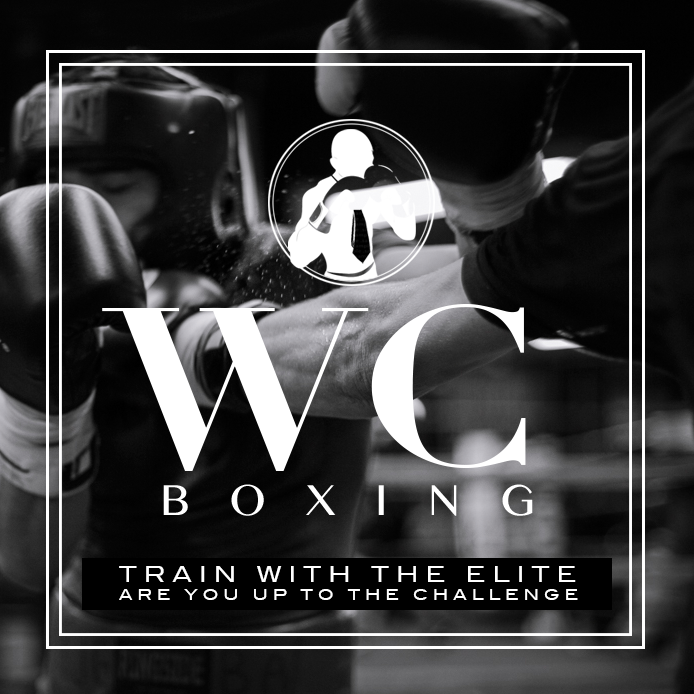White-collar boxing has its origins at Gleason’s Fitness center in NEW YORK. Fitness center owner Bruce Silverglade started out organizing informal battles between his white-collar staff of his customers in the later 1980s, which later progressed into regular monthly occasions. After developing into a normal monthly event, the activity came to prominence in the mid-1990s under the business of boxing promoter Alan Lacey. By 2004 over 65% of Gleason’s Fitness center account was from a white-collar backdrop, in comparison to 10% in the first 1990s. The increase of regular membership out of this demographic has been acknowledged with preserving the success of boxing gyms in America and UK.
Event management expert Alan Lacey, who co-promoted the Gary Stretch out vs. Chris Eubank WBO middleweight tournament bout in 1991, discovered boxing training at the age of 45 belatedly. Captivated and motivated by the discipline over the next years, he started training under former European champion Jimmy McDonnell and alongside two-time Olympian and world title challenger Adrian Dodson, who having spent almost all of his youth at Gleason’s Gym in NY suggested Lacey to satisfy his ambition to box, even at age 48, and arranged for him to go to Gleason’s and box there. In the flight back again to London, Lacey made a decision white-collar boxing could flourish in London.
In 2000 July, the inaugural white-collar boxing event, “Capital Punishment”, in cooperation with Gleason’s owner Bruce Silverglade, noticed a united team of Wall structure Block bankers take a flight to London to compete at Broadgate Market in London, making interest and mass media coverage. Lacey boxed double on the night time and eventually committed his time for it to producing the activity solely since. Over 100 sold-out events have followed “Capital Punishment”, including “Celebrity Boxing” on the BBC in 2003 featuring, amongst others, Les Dennis and Ricky Gervais, and raising more than UK 1.5 million for various charities.




